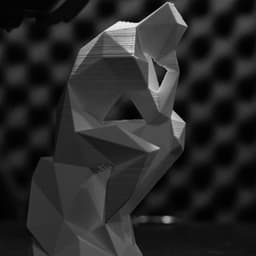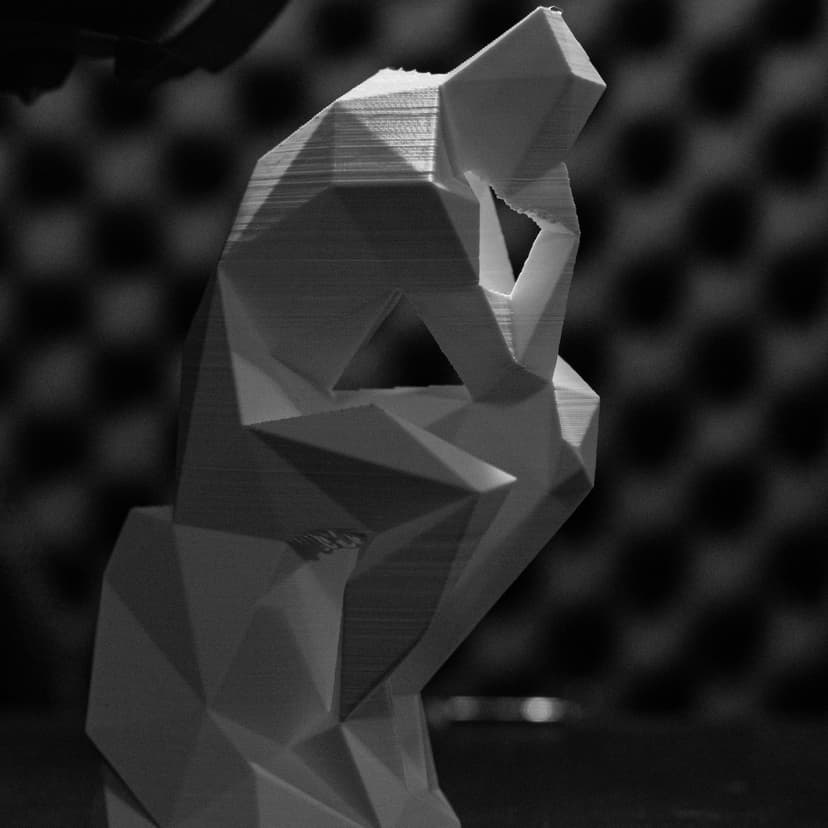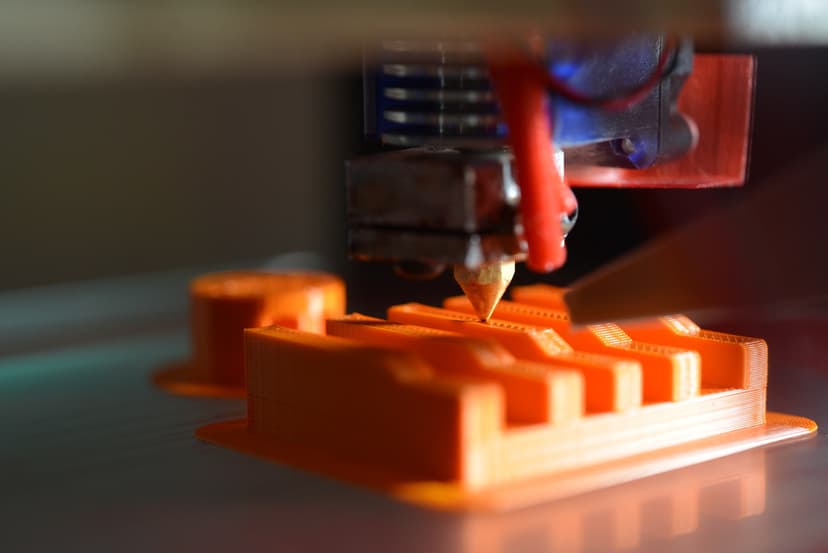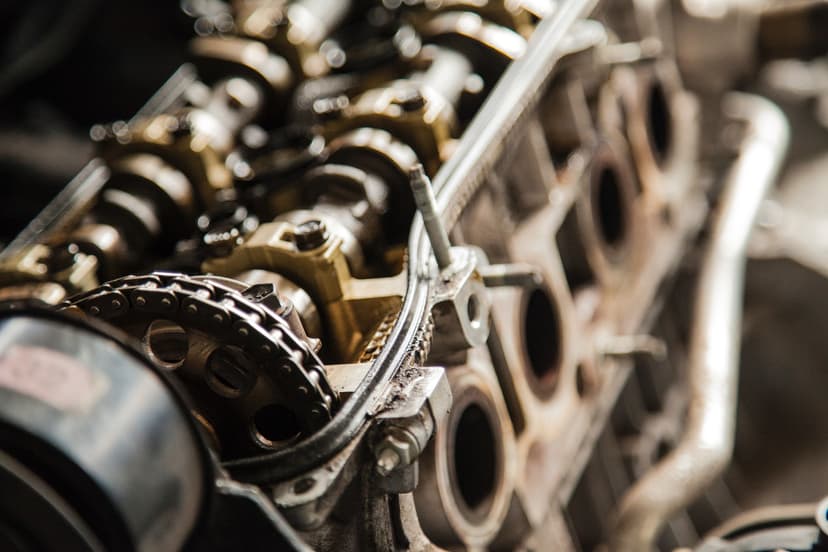Selective Laser Sintering (SLS): Advancing Additive Manufacturing Capabilities
- Mir Misbah Ali
- 10 Jun 2023
> Selective Laser Sintering (SLS) is an additive manufacturing process that utilizes a high-powered laser to selectively fuse powdered materials, such as thermoplastics or metal powders, to create thr
Read More








